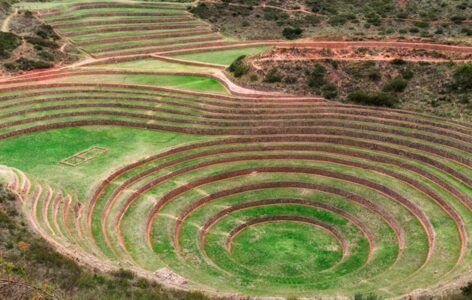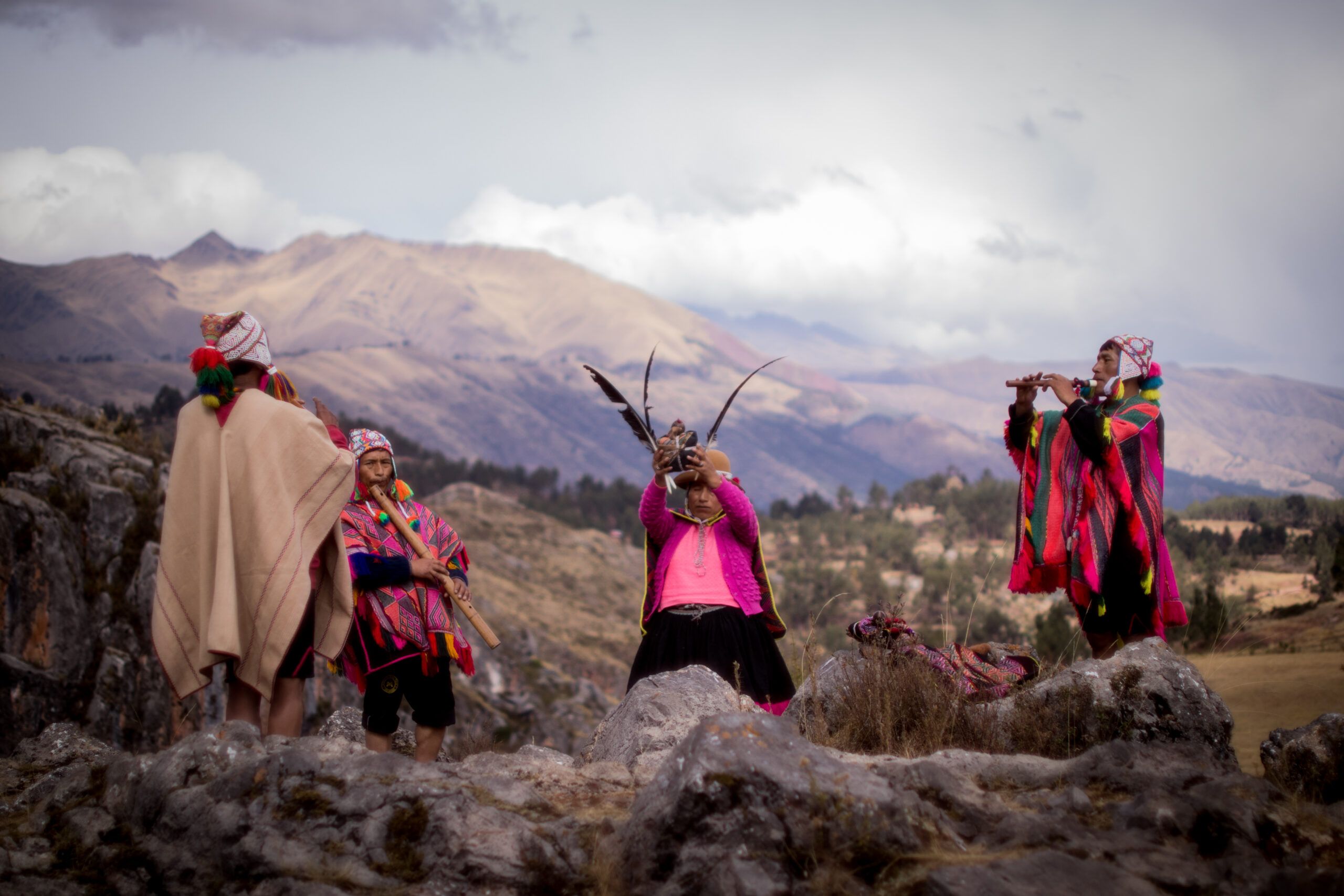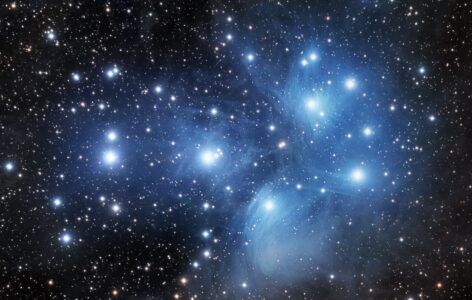Ceques and Huacas
The path of Collasuyo, which we explore in this issue, encompasses 9 ceques or demarcations and 84 huacas or landmarks; these form a meticulously organized distribution of lands within the Sacred Valley of Qosqo.
If you haven’t read Part 1 of our blog yet, we invite you to read it first and then come back here.
Starting with the fourth huaca and continuing through to the ninth and final huaca of the first ceque:
Collasuyo Fourth Huaca
People associated this huaca with ceremonial and religious activities, potentially linking it to water and fertility.
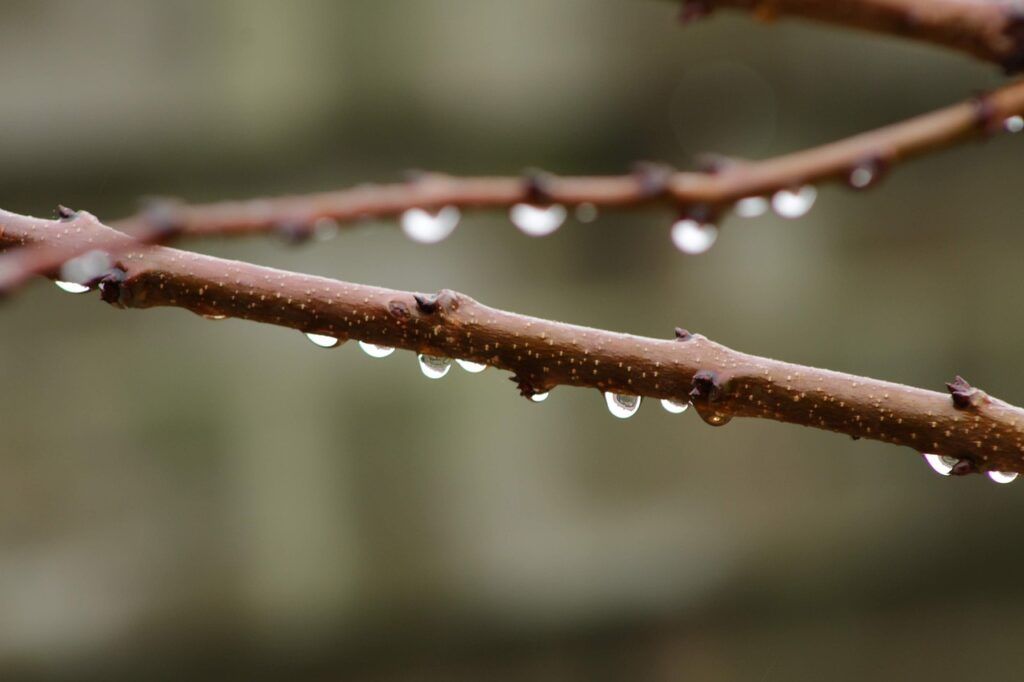
It was a large plain called ‘Caripampa,’ located on the current grounds of the Kayra farm.
All at the foothills of the Socllac’asa and Pucac’asa hills, an area primarily dedicated to agriculture.
It has water year-round and is home to several rural communities.
Collasuyo Fifth Huaca
This huaca was significant for its religious and cultural importance, possibly associated with community and ceremonial events.
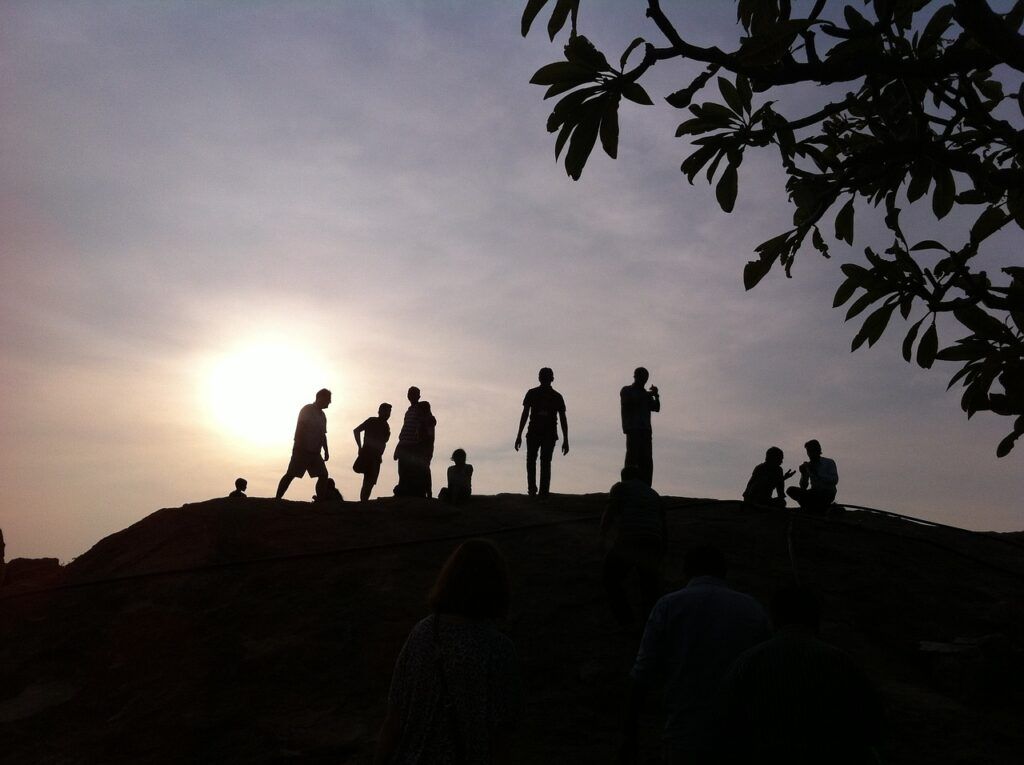
It is a spring located on the slope of Mount Huanacauri, in a corner of the former plain.
It is a significant flow of water that continuously nourishes the fertile plain.
Collasuyo Sixth Huaca
They were certain stones located in a ravine, which were said to be the children of a mountain.
Because they disobeyed their father, they consequently turned into stones.
To reach this huaca, one must first follow the right bank of the Huatanay River. Then, upon finding a ravine, one should climb about 399 meters until reaching a ledge on the mountain.
It is a possible location of these stones that received a similar fate.
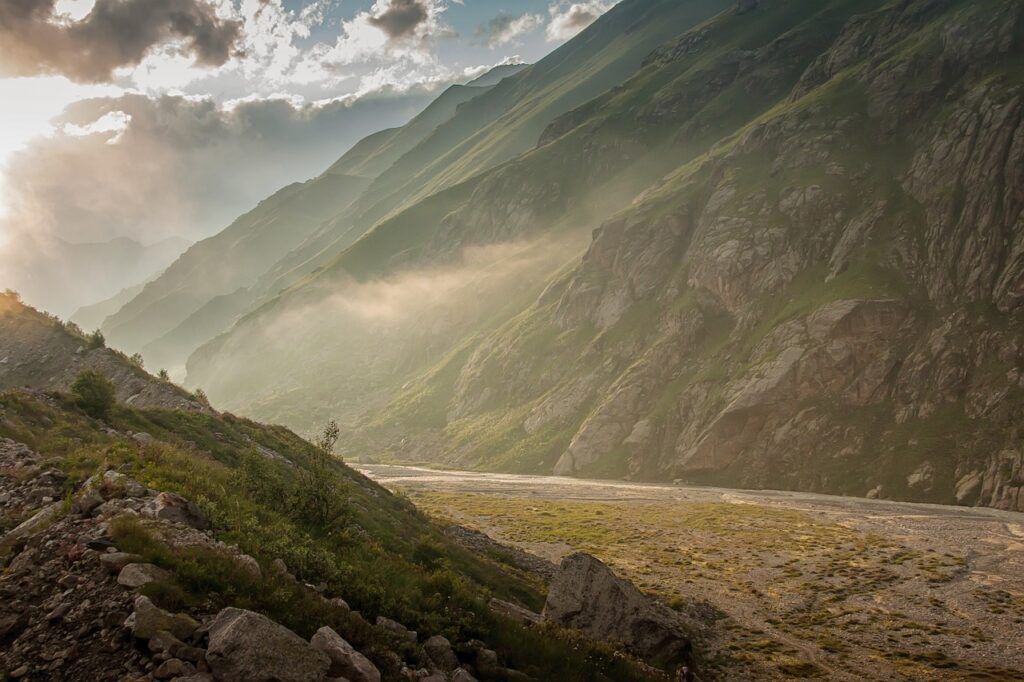
This site was likely related to mountains or valleys, playing a role in rituals connected to these features.
Collasuyo Seventh huaca
People venerated this huaca on the right side of Angostura, on the Llupacturun hill, at an elevation of 600 meters from the right bank of the Huatanay River.
You can find pyramid-shaped terraces subtly rising from the ground, encircled by well-defined fields that evoke a sense of timelessness. Moreover, the site rests gracefully next to a seasonal spring, adding a serene and mystical touch to the surroundings.
Relatives of the Inca would come to this huaca to pray for the well-being of the reigning sovereign.
As a ‘payment’ for the favors they sought, they offered the huaca small garments, gold, and silver.

This huaca may have had connections to local community traditions and rituals, integrating local deities or spirits into the broader Inca religious system.
Collasuyo Eighth Huaca
It was called Guayra, the wind deity.
People burned herbs and aromatic essences in large stone braziers to make offerings to him, praying loudly for the fierce gales to cease and for the wind to be contained and calmed.
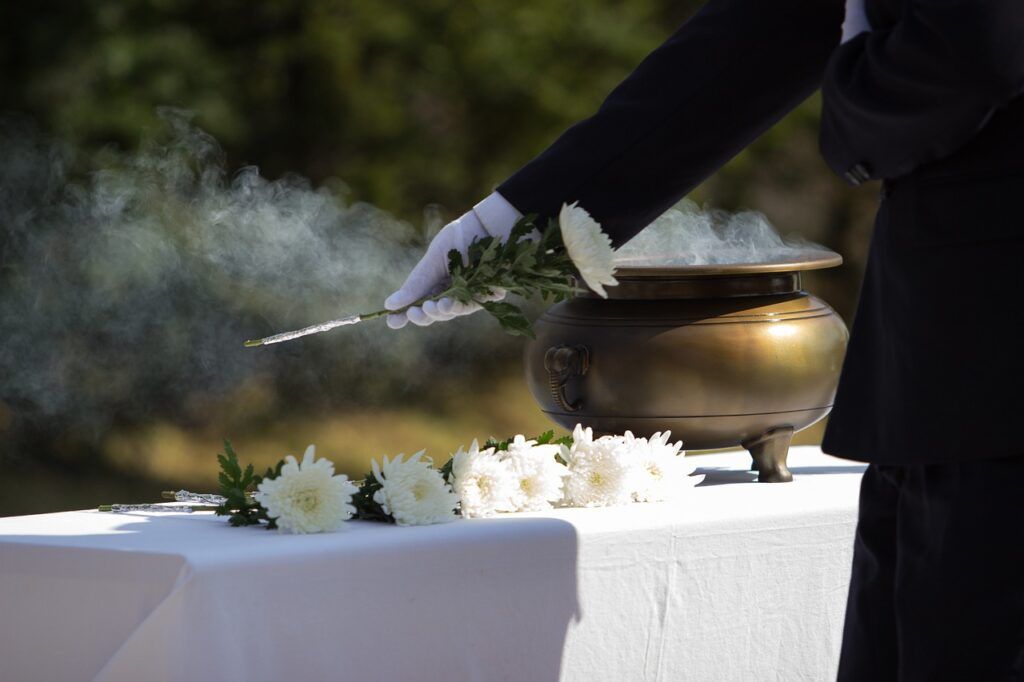
People performed this ceremony at the upper part of the ravine, on some rugged rocks at its end.
Collasuyo Ninth Huaca
People revered the river that flows through the Angostura, the great collector of the waters from the Qosqo Valley, by offering red conchas (ceramic vessels) and throwing dyed wool of various colors into its waters.
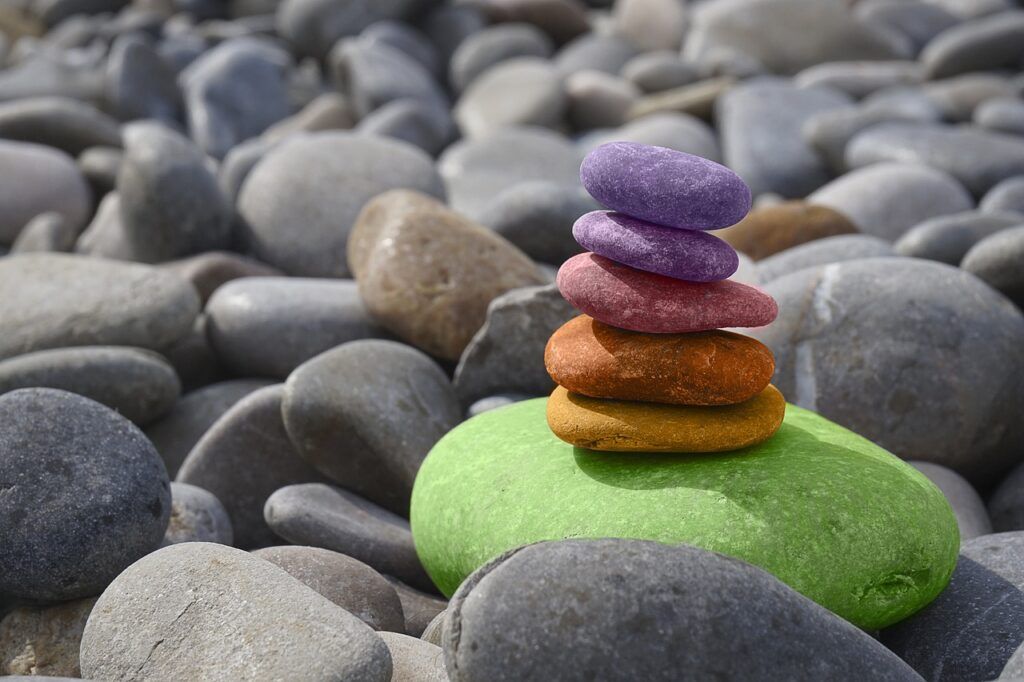
They strategically placed these sites to create a network of sacred geography, connecting the spiritual and material aspects of Inca society.
Reference
Candia M, C; Del Solar, M y Iwaki O, R. (1994). Los ceques y las huacas, caminos del Contisuyo. Cuadernos Andinos Nº6.

